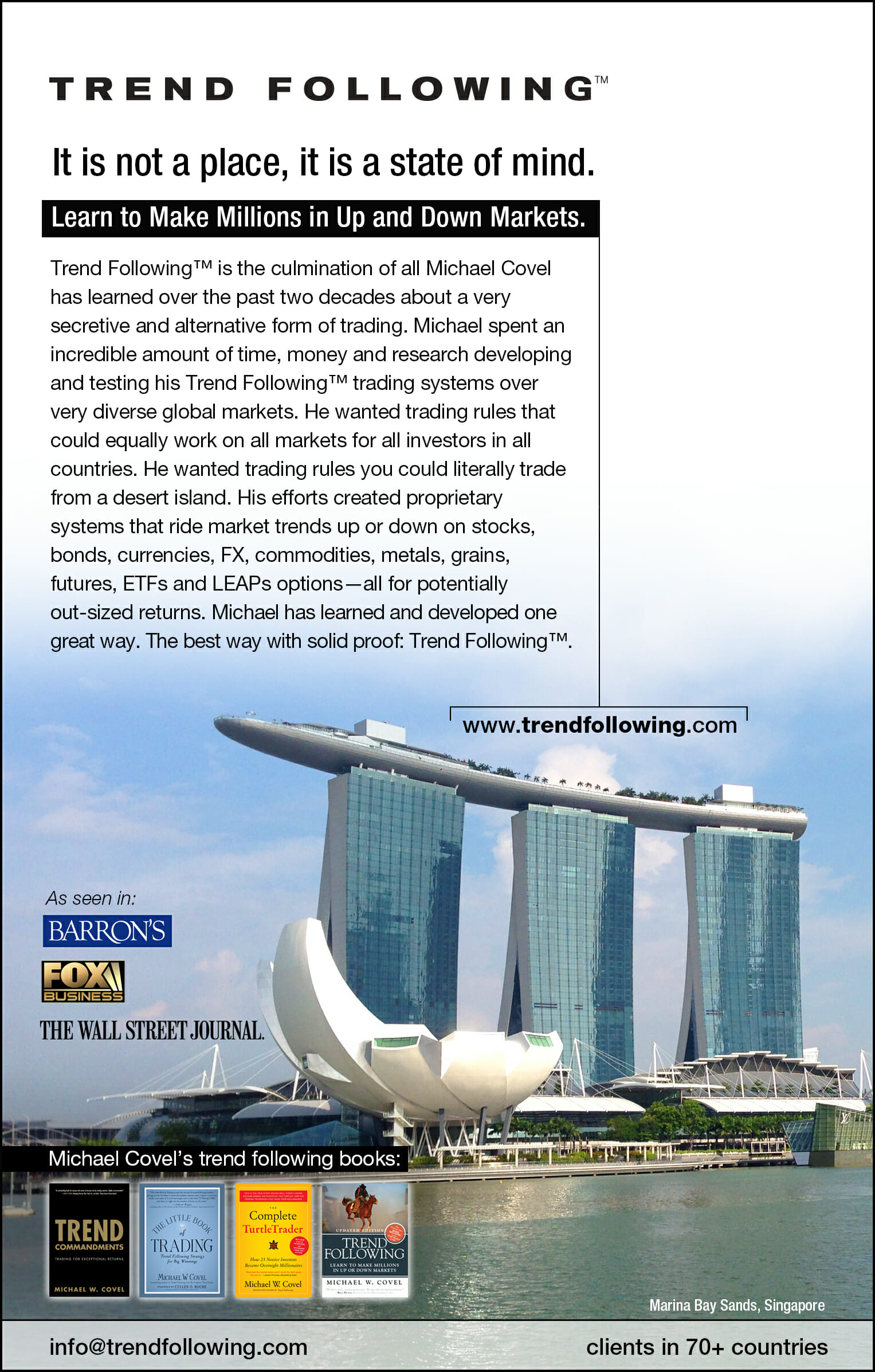Andrew Smith gives some background on what NLP is, and where it came from:
So what is NLP? It is a relatively new idea, developed in the mid-1970s by John Grinder, assistant professor of linguistics at the University of California at Santa Cruz, and Richard Bandler, a mathematician and programmer by background, at the same institution. To cut a very long story very short indeed, their ambitious project was to try and discover whether excellence could be identified and copied (or modelled). Their conclusion was that it could, and this became a central strand of NLP. Another related strand was concerned with communication, and about the importance of words in thinking, recalling and communicating experiences and ideas. This has implications not only for how we produce, access and transmit ideas, but also for how we understand others. Broadly speaking, the thesis here is that all experiences have a sensory base, and that we each have preferences for ‘processing’ them in one of a number of ways. Some people, for example, think in terms of sounds, others in pictures. Others still conceive and communicate ideas in terms of feelings. To focus on the title – Neuro-Linguistic Programming – for a moment, it can be broken down as follows. ‘Neuro’ refers to the neurological basis of our thought and behaviour, and the importance of sensory impressions. ‘Linguistic’ refers to the importance of words in ordering our thoughts and behavior. ‘Programming’ refers to the way in which we choose to organise ideas to get results.
Charles Faulkner of the New Market Wizards and most recently profiled in Little Book of Trading gives more insight:
NLP is short for Neuro-Linguistic Programming. The name sounds high tech, yet it is purely descriptive. Neuro refers to neurology, our nervous system – the mental pathways our five senses take which allow us to see, hear, feel, taste and smell. Linguistic refers to our language ability; how we put together words and phrases to express ourselves, as well as how our “silent language” of movement and gestures reveals our states, thinking styles and more. Programming, taken from computer science, refers to the idea that our thoughts, feelings and actions are like computer software programs. When we change those programs, just as when we change or upgrade software, we immediately get positive changes in our performance. We get immediate improvements in how we think, feel, act and live.
People understand today that trading is teachable. But why is that so? Why have men like Donchian, Seykota, Dennis, etc. been able to teach so many? Why have trading students learned so much just by studying these men? How can anyone learn to emulate any life success for that matter? In many ways these questions are answered by Neuro-Linguistic Programming (NLP) and men like Charles Faulkner.
Charles Faulkner is a teacher in the field of Neuro-Linguistic Programming (NLP). He is an expert in applying NLP to trading and was originally profiled in The New Market Wizards. Charles has that knack for being able to see through the forest to the essence of many issues. Bottom line? He is worthy of seeking out for your own increased education.
More on Charles at TurtleTrader.
Trend Following Products
Review trend following systems and training:

